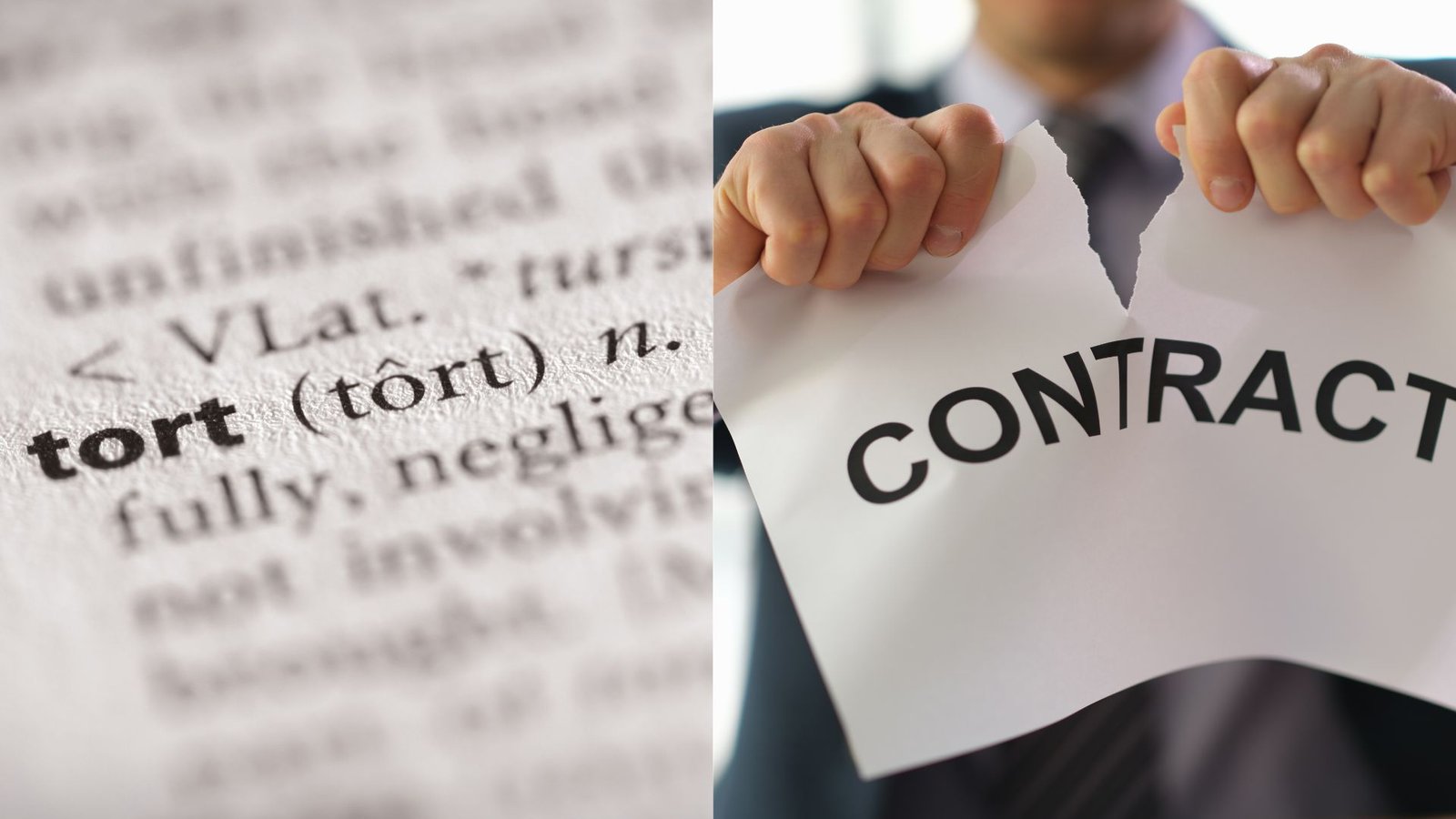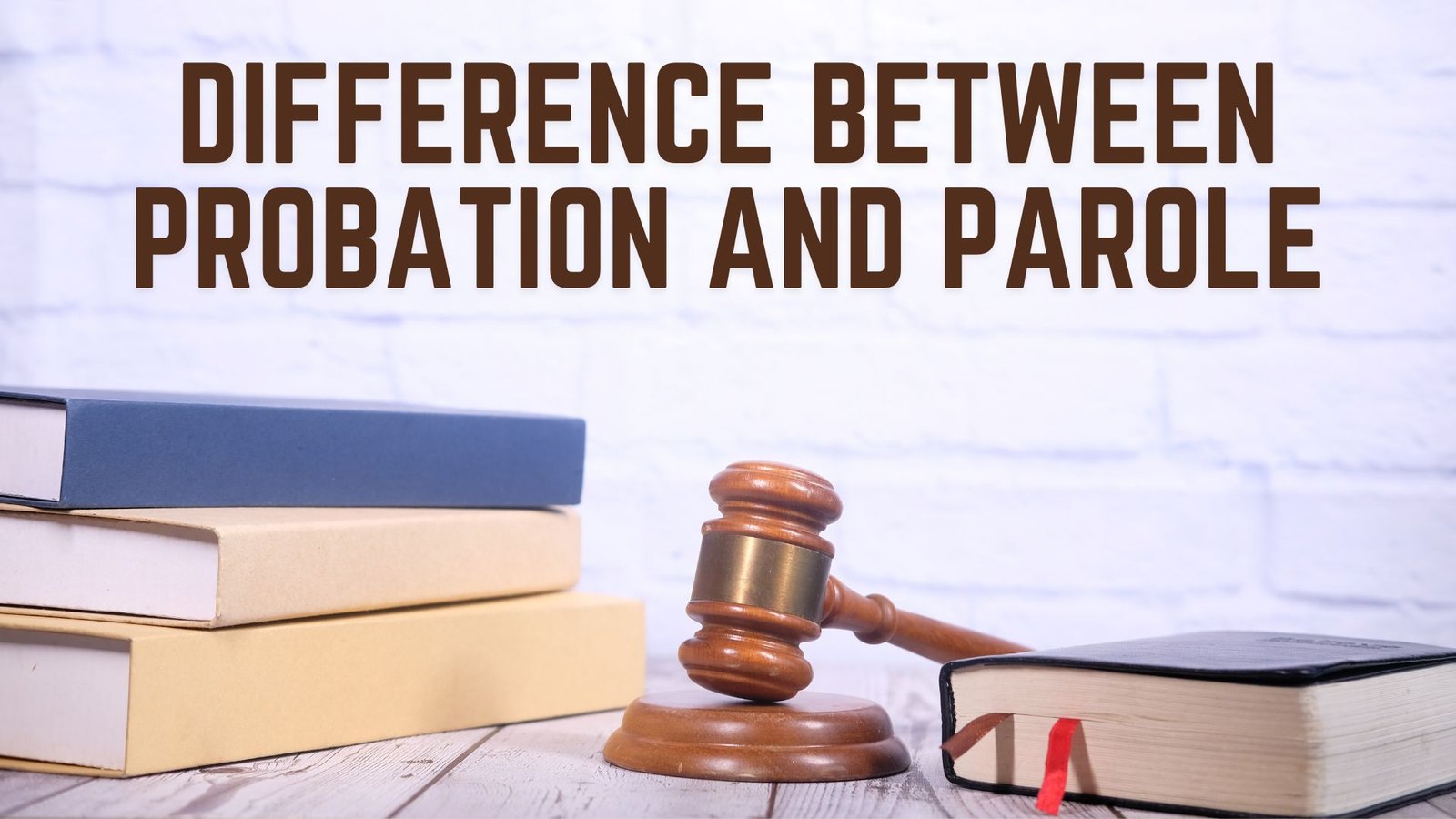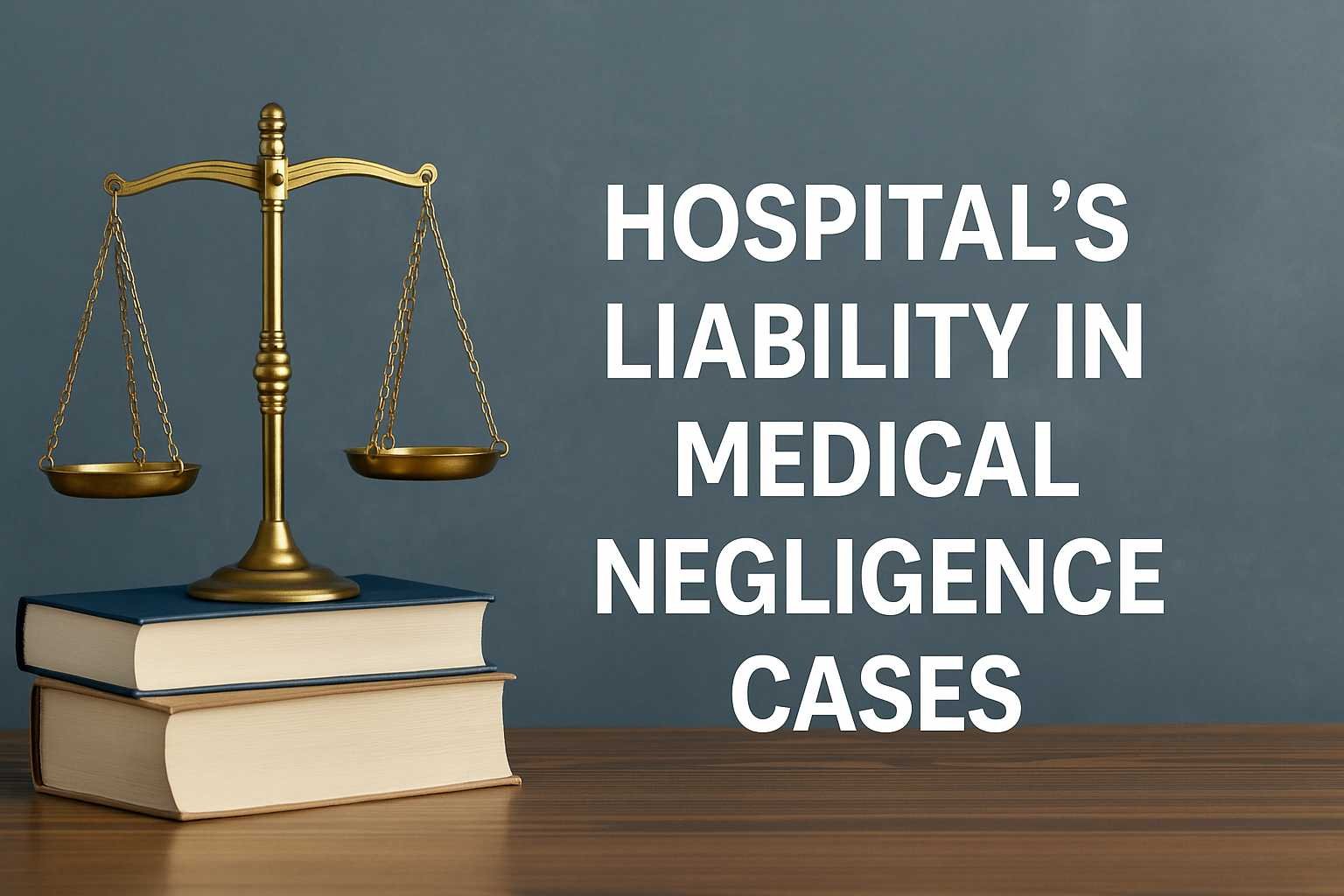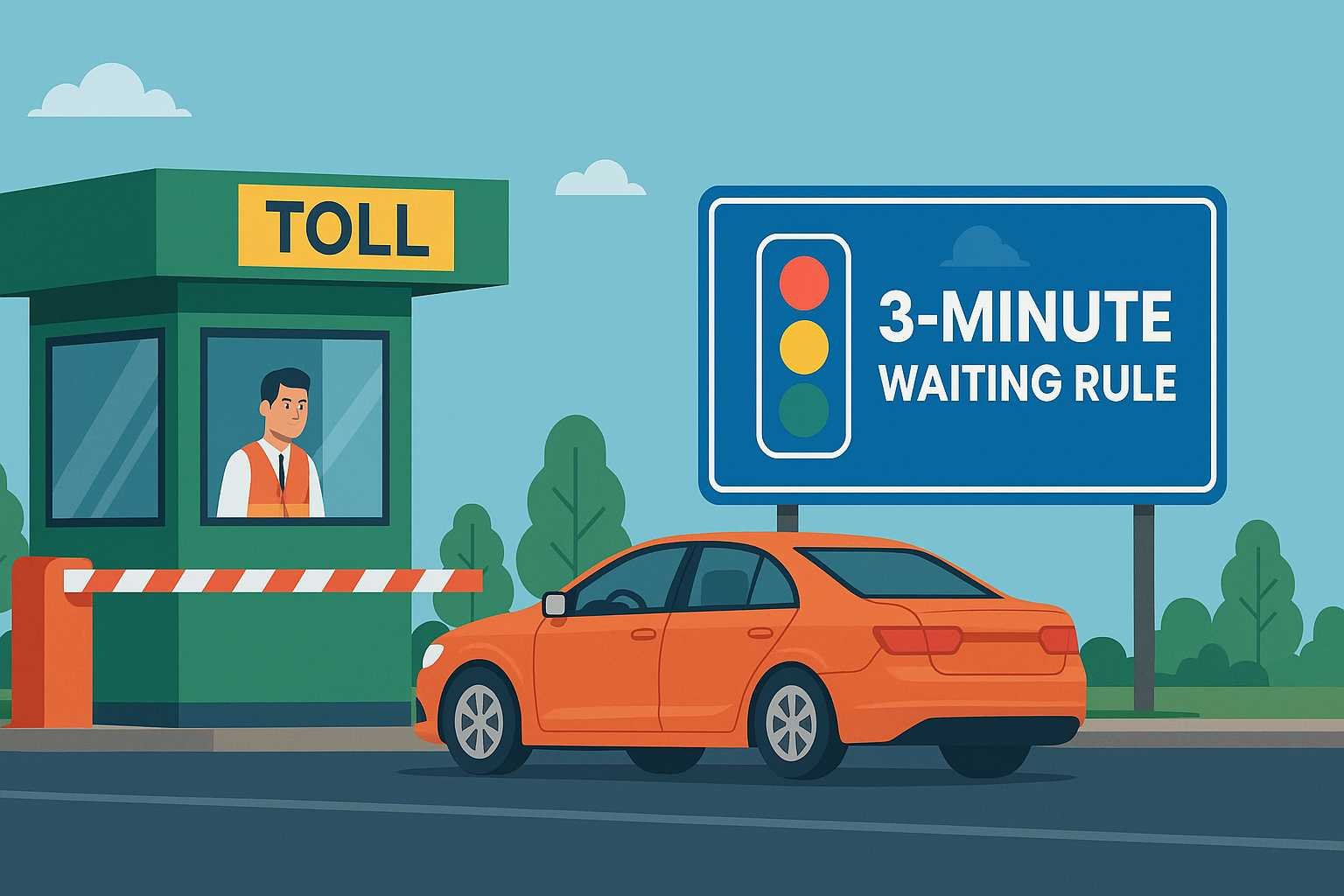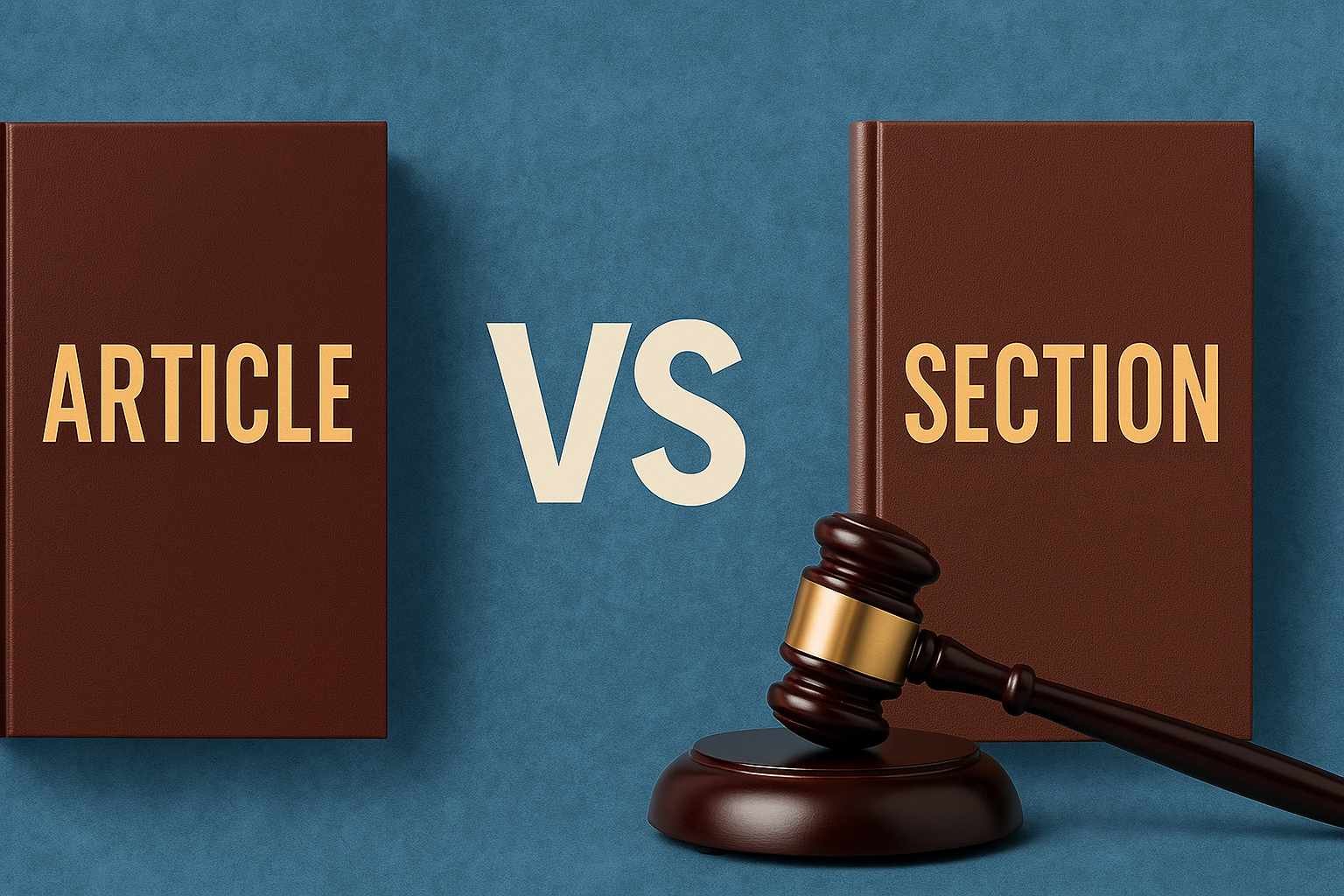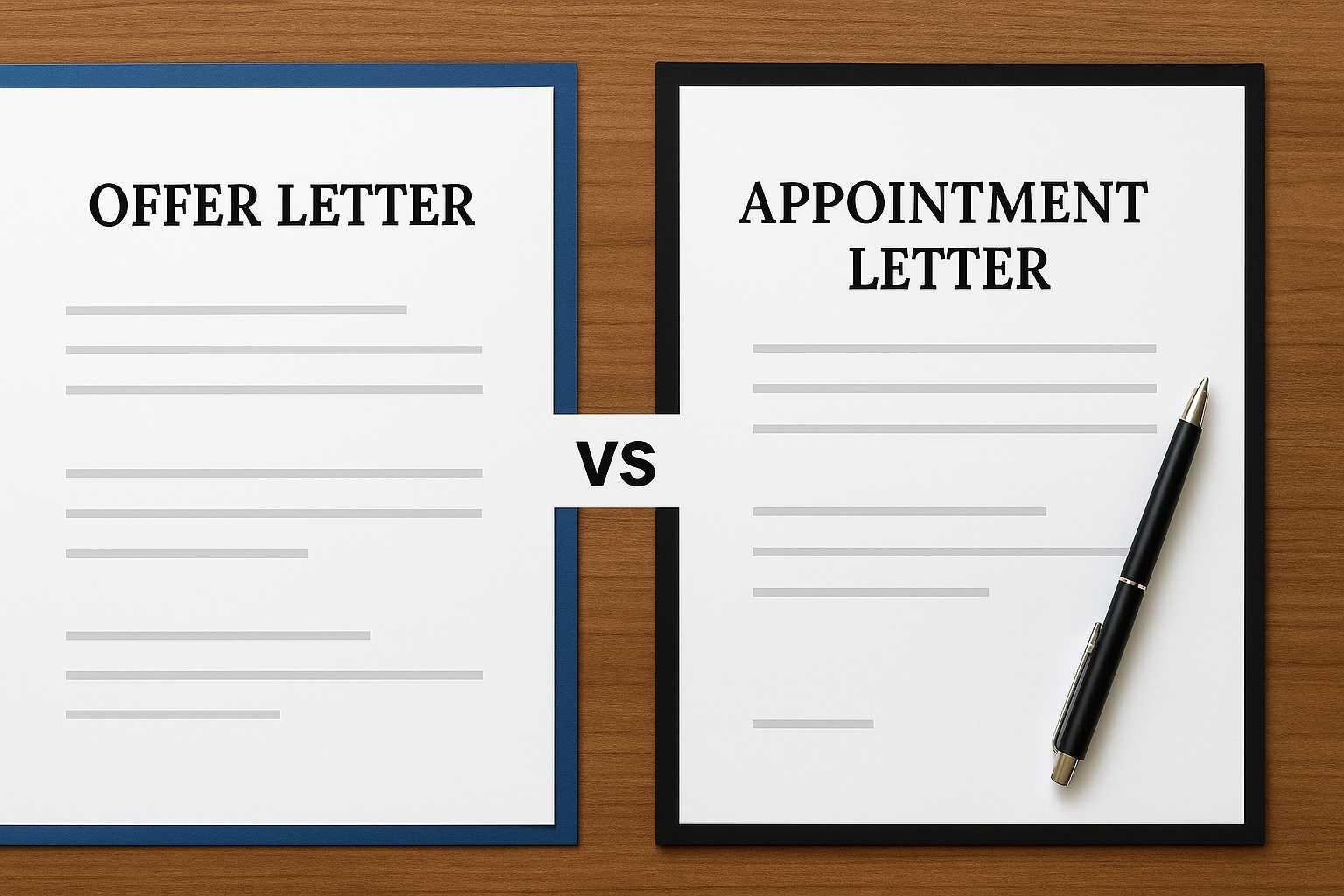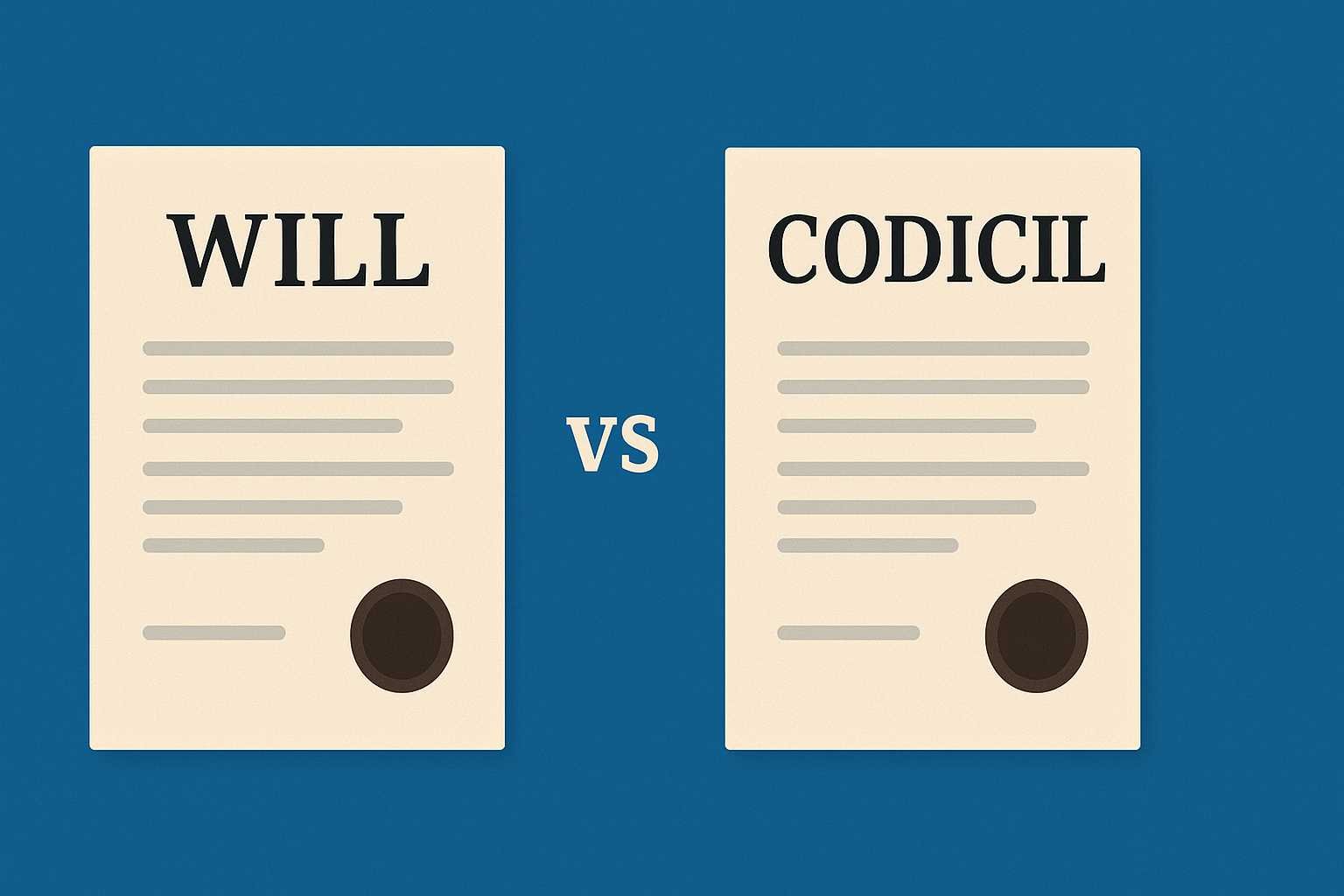On this page you will read detailed information about Understanding Negligence in the Law of Tort.
As a law student, you are learning that the concept of negligence is central to the law of torts. This article will provide an in-depth examination of negligence to further your understanding of this critical legal principle. In 100 concise yet insightful words, the key elements of negligence are summarized to help prepare you for future legal analysis. By comprehending the required components of a negligence claim, you will be equipped to apply this knowledge in practice. Continue reading to enhance your knowledge in this integral area of tort law.
What Is Negligence in Tort Law?
Negligence refers to a failure to exercise the degree of care expected of a reasonable person in the same circumstances. In tort law, negligence is a key element for establishing liability and the right to compensation.
To prove negligence, the plaintiff must establish four elements:
- Duty of Care: The defendant owed a duty of care to the plaintiff. This means the defendant’s actions could reasonably be expected to affect the plaintiff.
- Breach of Duty: The defendant failed to fulfill the duty of care through action or inaction. The defendant’s conduct fell below the standard of care that a reasonable person would have exercised in the same situation.
- Causation: The defendant’s breach of duty caused the plaintiff’s injury or loss. The breach of duty was a direct and proximate cause of the plaintiff’s damages.
- Damages: The plaintiff suffered actual harm or losses as a result of the defendant’s actions or inactions. Physical, emotional, and/or financial harm qualifies as damages.
To establish negligence, the plaintiff must prove all four elements. The degree of care depends on the specific circumstances and relationship between the parties. A higher duty is owed to minors, business invitees, and those unable to protect themselves. The reasonable person standard refers to how an ordinarily prudent person would act in the same position and under similar circumstances.
If proven, negligence entitles the plaintiff to compensatory damages to make them whole again. In some cases, punitive damages may also be awarded to punish the defendant for reckless disregard and deter similar behavior. Understanding negligence and the elements required to prove it is key to understanding liability in tort law.
The Elements of a Negligence Claim
To prove negligence, the plaintiff must establish four elements: duty, breach, causation, and damages.
Duty
The first element is demonstrating that the defendant owed a legal duty to the plaintiff. Typically, we all owe a duty to act with reasonable care toward others and their property. The specifics of the duty depend on the details of the situation and relationship between parties. For example, drivers owe a duty to other drivers and pedestrians to operate their vehicles safely. Property owners have a duty to maintain their property and warn of hazards. Professionals such as doctors have a duty to provide services with the proper standard of care.
In the previous post, we had shared information about Understanding the Difference Between Probation and Parole, so read that post also.
Breach of Duty
The second element is proving that the defendant breached their duty to the plaintiff through action or inaction. This means the defendant failed to act with reasonable care. For example, a driver texting while driving and striking a pedestrian would likely be considered breaching their duty. A doctor misdiagnosing an illness due to negligence in following up on test results may also be a breach. The specific details of what constitutes reasonable care depend on the facts of each case.
Causation
The third element is establishing that the defendant’s breach of duty directly caused harm to the plaintiff. The breach must be the proximate cause of injuries or damages. For example, but for the driver texting while driving, the accident and injuries to the pedestrian would not have occurred. Had the doctor properly diagnosed the illness, the patient’s condition would not have worsened. Proving causation may require testimony from expert witnesses to link the breach of duty to the harm.
Damages
Finally, the plaintiff must show that they suffered actual harm or damages due to the defendant’s negligence. This could include physical injuries, property damage, financial losses, pain and suffering, loss of companionship, and other damages. Without damages, there are no grounds for a negligence claim.
To summarize, the four elements required to establish negligence are: duty, breach of duty, causation, and damages. Failure to prove all four elements will likely result in dismissal of a negligence claim. Understanding the nuances of each element is key to success in negligence litigation.
Common Examples of Negligence
Negligence refers to conduct that fails to meet the standard of care expected of a reasonable person in similar circumstances. In the law of torts, negligence is a cause of action that allows an injured party to recover damages from the person who caused the injury. To prove negligence, the plaintiff must show:
- The defendant owed a duty of care to the plaintiff;
- The defendant breached that duty of care through their actions or failure to act;
- The breach caused harm to the plaintiff; and
- The harm resulted in damages, whether physical, financial, or emotional.
Medical Malpractice
Medical professionals have a duty to provide a reasonable standard of care to their patients. Failure to do so, such as misdiagnosing or improperly treating a medical condition, can constitute negligence. For example, if a doctor fails to diagnose a patient’s cancerous tumor in a timely manner, resulting in the cancer spreading and causing greater harm, this could be considered medical malpractice.
Slip and Fall Accidents
Property owners have a responsibility to keep their premises reasonably safe for lawful visitors and take appropriate measures to prevent slip and fall accidents. Failure to fix tripping hazards, provide adequate lighting, post warning signs about wet floors, or otherwise warn of dangerous conditions could be considered negligent. For example, if a store fails to clean up a spill in an aisle, and a customer slips and is injured as a result, the store may be liable for damages.
Car Accidents
All drivers have a duty to operate their vehicles responsibly and obey traffic laws. Failure to do so, such as by speeding, driving while intoxicated, running red lights, or distracted driving, can constitute negligence if it causes a collision that injures another driver, passenger, or pedestrian. For example, if a driver runs a stop sign and hits another vehicle, the negligent driver can typically be held liable for damages.
In summary, negligence refers to a failure to exercise a reasonable standard of care that results in harm to another. Victims of negligence may be entitled to compensation for medical expenses, lost wages, pain and suffering, and other losses. Proving negligence requires showing that the defendant owed and breached a duty of care, and that breach caused harm and damages.
How Negligence Differs From Intentional Torts
Negligence is a unintentional tort while intentional torts, as the name suggests, involve deliberate actions. To prove negligence, the plaintiff must show that the defendant owed them a duty of care, breached that duty of care through their actions (or lack thereof), and that breach caused actual harm or damage.
With intentional torts such as assault, battery, or false imprisonment, the defendant’s actions were purposeful. The intention was to cause harm, whether physical, emotional or financial. Negligence lacks this aspect of intent. The defendant did not purposefully or willfully mean to cause harm. Instead, their careless actions or failure to take proper care resulted in damage or injury.
To establish negligence, the plaintiff must prove the defendant’s duty of care, such as a driver’s duty to operate their vehicle safely. The plaintiff must then show how the defendant breached this duty, for example by speeding or disregarding traffic signs. Finally, the plaintiff must demonstrate that this breach caused a foreseeable injury, such as a car accident that leads to physical harm. If any of these three elements cannot be proven, negligence cannot be established.
Comparatively, the intention to cause harm is the only thing that needs to be proven for intentional torts. Negligence requires evidence that proper care was not taken, while intentional torts call for evidence of purposeful actions meant to cause harm or damage. Negligence arises from carelessness, while intentional torts stem from calculated choices.
Both types of torts may lead to civil lawsuits where the plaintiff seeks compensation for their injuries or damages. However, intentional torts often also involve criminal charges and punishment because the actions were deliberate. Negligence lacks this criminal aspect since there was no actual intent. By understanding the difference between these two categories of torts, individuals and businesses can take proper precautions to avoid committing either type. Exercising due care and avoiding harmful actions are key to preventing tortious liability.
Proving Liability in a Negligence Lawsuit
To prove liability in a negligence lawsuit, the plaintiff must establish four elements: duty, breach, causation, and damages.
Duty
The plaintiff must show that the defendant owed a legal duty to the plaintiff. Typically, all individuals have a duty to exercise reasonable care to avoid injuring others. The duty may arise from a statute, contract, special relationship between the parties, or the general obligations of social conduct.
Breach of Duty
The plaintiff must prove that the defendant failed to exercise reasonable care. The defendant’s conduct is compared to that of a reasonably prudent person in similar circumstances. If a reasonable person would have acted differently, the defendant breached their duty.
Causation
The plaintiff must establish that the defendant’s breach of duty was the proximate cause of the plaintiff’s injuries. Proximate cause has two components:
- Cause in fact: The plaintiff’s injury would not have occurred but for the defendant’s breach of duty. The breach of duty set in motion a series of events that resulted in the harm.
- Foreseeability: The type of injury suffered by the plaintiff must have been a foreseeable consequence of the defendant’s breach of duty at the time of the breach. The breach must be a substantial factor in bringing about the harm.
Damages
Finally, the plaintiff must prove that they suffered actual harm or damages as a result of the defendant’s breach of duty and subsequent negligent conduct. Physical harm, pain and suffering, emotional harm, economic loss, or damage to property are all compensable injuries in negligence lawsuits.
If the plaintiff can establish all four elements — duty, breach of duty, causation, and damages — by a preponderance of the evidence, the defendant will likely be found liable for negligence. The plaintiff’s comparative negligence or failure to mitigate damages may reduce the amount of recovery.
Conclusion
You now have a better understanding of negligence in the law of torts. Remember that negligence arises when a person or entity fails to exercise reasonable care, causing damage to another person or entity. The key elements include a duty of care, breach of that duty, causation of damages, and actual damages or harm. Understanding these concepts can help you determine if you have a valid negligence claim or if negligence claims brought against you have merit. When making negligence determinations, carefully consider the specific facts and evidence in light of the required elements. With this knowledge, you can make more informed decisions regarding negligence in your personal and professional endeavors.
Disclaimer
The information and services on this website are not intended to and shall not be used as legal advice. You should consult a Legal Professional for any legal or solicited advice. While we have good faith and our own independent research to every information listed on the website and do our best to ensure that the data provided is accurate. However, we do not guarantee the information provided is accurate and make no representation or warranty of any kind, express or implied, regarding the accuracy, adequacy, validity, reliability, availability, or completeness of any information on the Site. UNDER NO CIRCUMSTANCES SHALL WE HAVE ANY LIABILITY TO YOU FOR ANY LOSS OR DAMAGE OF ANY KIND INCURRED AS A RESULT OR RELIANCE ON ANY INFORMATION PROVIDED ON THE SITE. YOUR USE OF THE SITE AND YOUR RELIANCE ON ANY INFORMATION ON THE SITE IS SOLELY AT YOUR OWN RISK. Comments on this website are the sole responsibility of their writers so the accuracy, completeness, veracity, honesty, factuality and politeness of comments are not guaranteed.
So friends, today we talked about Understanding Negligence in the Law of Tort, hope you liked our post.
If you liked the information about Understanding Negligence in the Law of Tort, then definitely share this article with your friends.
Knowing about laws can make you feel super smart ! If you find value in the content you may consider joining our not for profit Legal Community ! You can ask unlimited questions on WhatsApp and get answers. You can DM or send your name & number to 8208309918 on WhatsApp


